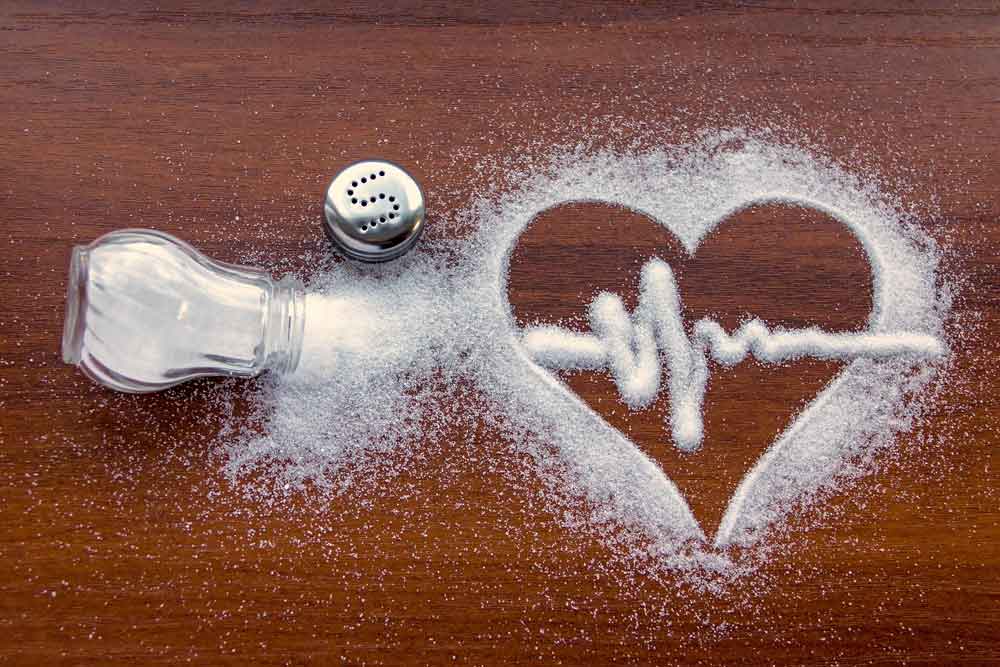In 2014, actor Sushmita Sen was diagnosed with an autoimmune condition called Addison’s disease, which impacted her adrenal glands. She had to take medication in the form of steroids to treat it, which in turn resulted in side effects such as high blood pressure. Cut to 2023, the actor revealed that she had suffered a heart attack and undergone angioplasty. While Sushmita’s case is somewhat extreme, there is no denying that hypertension is on the rise among women in India, especially older women. It is a myth today that hypertension is traditionally a man’s ailment.
According to the National Family Health Survey (NFHS-5), the overall prevalence of hypertension in India was around 22.6 per cent, with men at 24.1 per cent, only slightly higher than women at 21.2 per cent.
A study published in BMC Public Health stated, ‘Ageing women have higher odds of hypertension than ageing men, and this distinction becomes much more evident in their older ages. Obese women, based on BMI, have higher odds of hypertension than men. However, hypertension prevalence is slightly higher among men who are overweight or obese compared to women. BMI, waist circumference, random glucose level, alcohol use, and education level emerged as major predictors.’
What is Hypertension?
When blood pressure levels are significantly and consistently elevated, it is termed as hypertension. According to the World Health Organisation, ‘Blood pressure is written as two numbers. The first (systolic) number represents the pressure in blood vessels when the heart contracts or beats. The second (diastolic) number represents the pressure in the vessels when the heart rests between beats. Hypertension is diagnosed if, when it is measured on two different days, the systolic blood pressure readings on both days is ≥140 mmHg and/or the diastolic blood pressure readings on both days is ≥90 mmHg.’ Here, mmHg refers to millimetres of mercury. Hypertension may often go unnoticed until it starts causing other complications, which is why it is termed as the ‘silent killer’.
Risk Factors Specific To Women
1. Women are particularly susceptible to hypertension during periods of hormonal changes. One such time is menopause, when the estrogen levels decline and cause the blood pressure to rise. Pre-menopause, a woman’s estrogen levels keep her blood vessels protected.
2. Hypertension can also be caused by pregnancy in women. Here, conditions such as preeclampsia and gestational hypertension can arise, which sometimes persist long after delivery, until later in life.
3. Just like men, women too are impacted by lifestyle factors such as tobacco and alcohol consumption, dietary habits that include high sodium and low potassium.
4. Women with autoimmune disorders, diabetes, and chronic kidney problems are at risk of developing high blood pressure.
5. Women who lead a sedentary lifestyle and have a higher body mass index are at increased risk of hypertension.

Why Is Hypertension Dangerous?
When undiagnosed and unchecked, hypertension can lead to cardiovascular diseases such as heart attacks and strokes, cause kidney damage, lead to cognitive decline, and impair vision. As a result, women can suffer from poor quality of life, and it can even prove fatal in some cases.
Hypertension And Cancer
Says Dr Sapna Nangia, Director – Head, Neck & Breast, Senior Consultant – Radiation Oncology, from the Apollo Proton Cancer Centre, Tharamani, Chennai. ‘It is important to recognise that hypertension, sometimes referred to as the silent killer, often has a distinct and underestimated effects on women’s health. High blood pressure and hypertension are commonly associated with heart disease, but many don’t know that high blood pressure also has a significant impact on cancer treatment, particularly for women. Because chemotherapy and targeted medicines can raise blood pressure, women receiving treatment for cancer, especially breast and gynecological malignancies, frequently face increased cardiovascular risks. It’s common for cancer patients to deprioritise blood pressure control during treatment, but ignoring it altogether can cause cardiovascular events, including stroke or heart failure, which can derail cancer recovery.’ She adds, ‘Coordinated efforts between oncologists and cardiologists – often referred to as cardio-oncology are essential. Monitoring blood pressure should be a routine part of cancer care, not an afterthought.’
How Can I Prevent Hypertension?
The most obvious way to start is by following a healthy lifestyle, with physical activity, strength training and reducing sedentary time. Follow a heart-healthy diet rich in fruits, vegetables, whole grains, and low in sodium. Add potassium to your diet in the form of bananas, spinach or sweet potatoes. Steer clear of smoking and alcohol entirely. Most importantly, get at least seven hours of sleep a day – there is no substitute for this. Lastly, stress is a major contributor to hypertension. Try to detach from your troubles as much as you can, focus on the positive aspects of your life, and use calming practices like meditation, deep breathing and yoga to manage stress.
Early Detection And Treatment
If you have not yet been diagnosed with hypertension, go for a regular checkup twice a year to make sure your blood pressure is under check. Timely intervention is the key, as it reduces the risk of complications. If you already have blood pressure, ensure you consult your physician for a comprehensive approach to managing it. Based on your unique requirements, they will chart out a review plan with medication and other steps to control it.